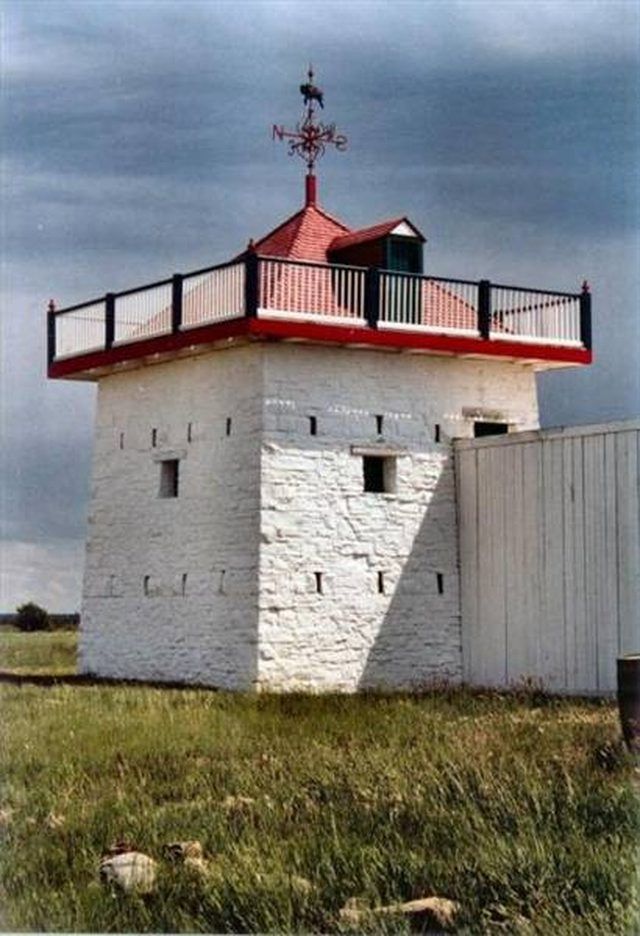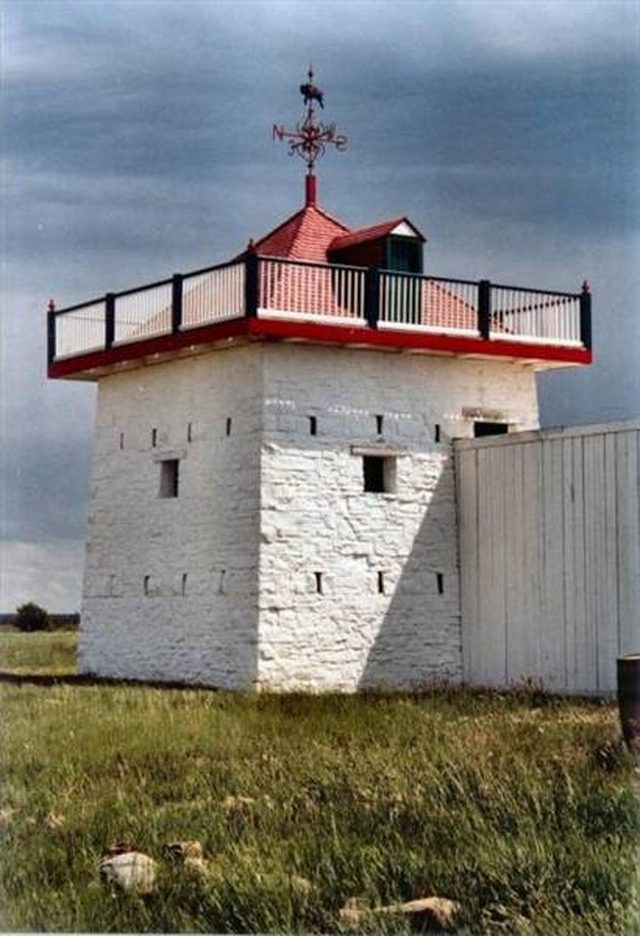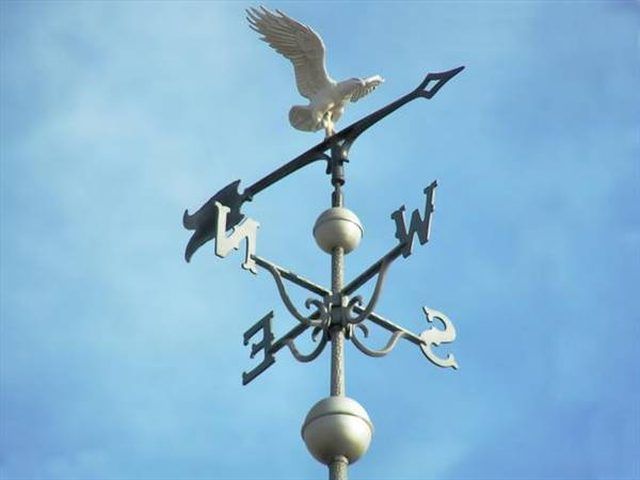Bulbs
Flower Basics
Flower Beds & Specialty Gardens
Flower Garden
Garden Furniture
Garden Gnomes
Garden Seeds
Garden Sheds
Garden Statues
Garden Tools & Supplies
Gardening Basics
Green & Organic
Groundcovers & Vines
Growing Annuals
Growing Basil
Growing Beans
Growing Berries
Growing Blueberries
Growing Cactus
Growing Corn
Growing Cotton
Growing Edibles
Growing Flowers
Growing Garlic
Growing Grapes
Growing Grass
Growing Herbs
Growing Jasmine
Growing Mint
Growing Mushrooms
Orchids
Growing Peanuts
Growing Perennials
Growing Plants
Growing Rosemary
Growing Roses
Growing Strawberries
Growing Sunflowers
Growing Thyme
Growing Tomatoes
Growing Tulips
Growing Vegetables
Herb Basics
Herb Garden
Indoor Growing
Landscaping Basics
Landscaping Patios
Landscaping Plants
Landscaping Shrubs
Landscaping Trees
Landscaping Walks & Pathways
Lawn Basics
Lawn Maintenance
Lawn Mowers
Lawn Ornaments
Lawn Planting
Lawn Tools
Outdoor Growing
Overall Landscape Planning
Pests, Weeds & Problems
Plant Basics
Rock Garden
Rose Garden
Shrubs
Soil
Specialty Gardens
Trees
Vegetable Garden
Yard Maintenance
How Does a Weathervane Work?
How Does a Weathervane Work?. A weather vane, which should be attached to the highest unobstructed point on a structure, is an instrument used for determining the direction of wind. The free-spinning directional pointer has an aerodynamic shape that is wider (or thicker) on the back end of the pointer, and narrow (thinner) toward the head of the...

Design
A weather vane, which should be attached to the highest unobstructed point on a structure, is an instrument used for determining the direction of wind. The free-spinning directional pointer has an aerodynamic shape that is wider (or thicker) on the back end of the pointer, and narrow (thinner) toward the head of the arrow, similar to that of an airplane wing. This shape allows the arrow to point into the wind, toward the direction the wind is coming from.

Balance
A weather vane that is shaped correctly and properly balanced will spin freely on top of the axis. If it isn't precisely balanced, the weather vane will topple and shift or even stop moving. If trees or buildings are near the weather vane, there may be turbulent winds that can cause an imbalance.
Direction
The weather vane points toward the source of the wind because the balancing weight is at the point of the arrow. The surface area toward the back of the arrow is lighter, and therefore catches the breeze, and turns to distribute the air flow evenly on both sides of the arrow.
Seated just beneath the pointer are the fixed directional markers, pointing toward the north, south, east and west. When the wind catches the thick end of the pointer, it will swing around, so the arrow points directly at the wind. If the arrow is pointing toward the N marker on the weather vane, the wind is blowing from the north to the south.

Weather
Monitor the weather vane to get familiar with the weather patterns in your area. Take notes whenever possible and document any changes in the weather, as well as which direction the wind was blowing in the hours before the storm. Over time, you will get to know your local weather, and may even get fairly experienced in predicting coming storms.